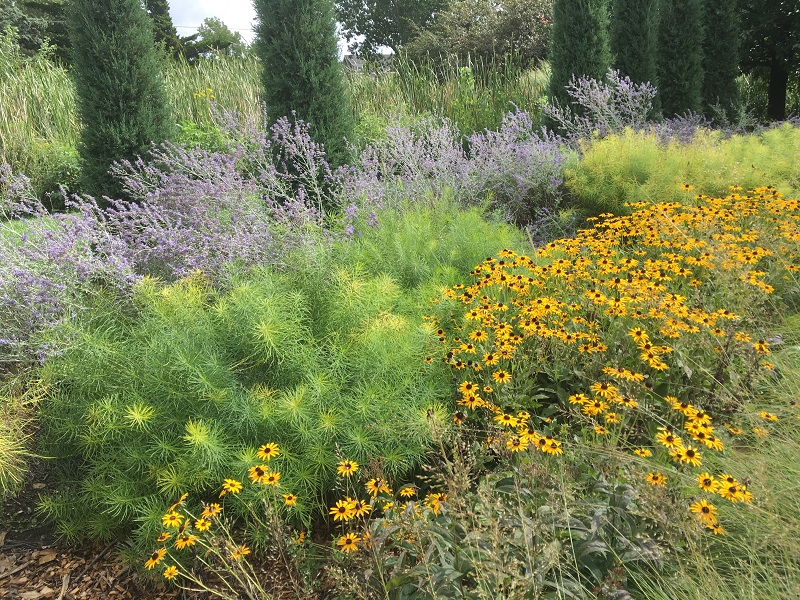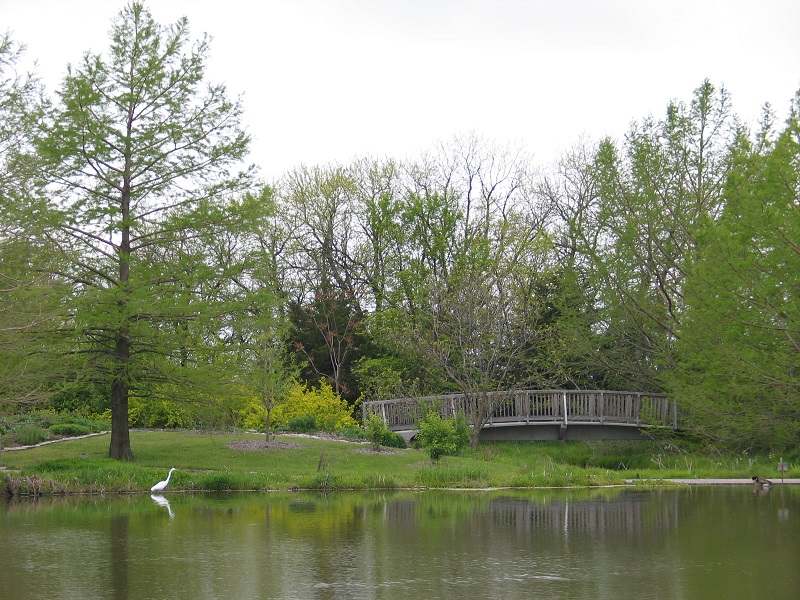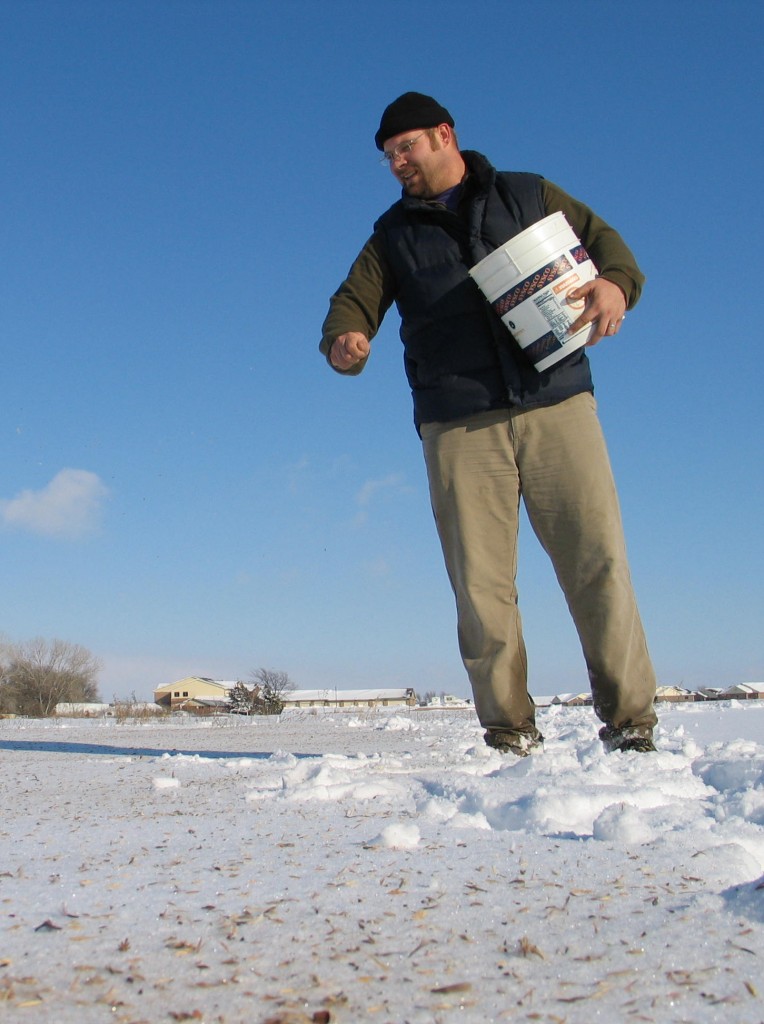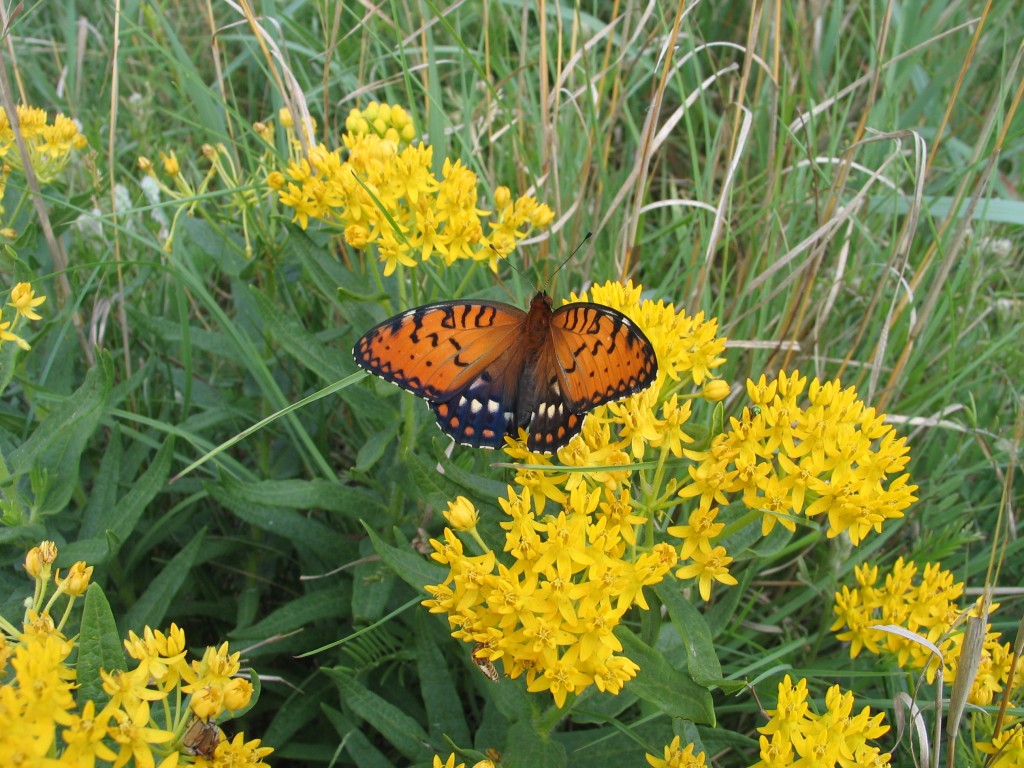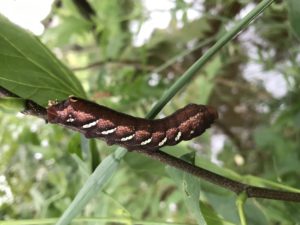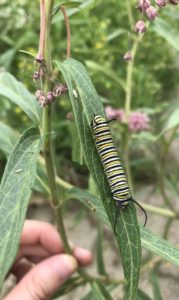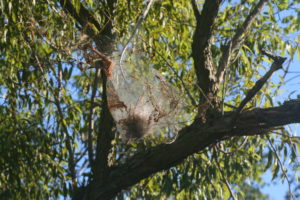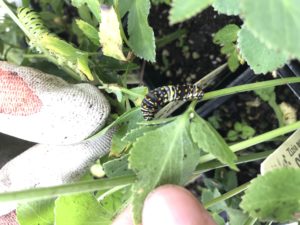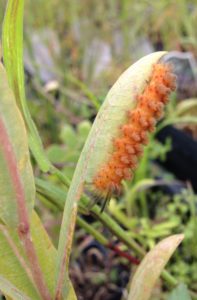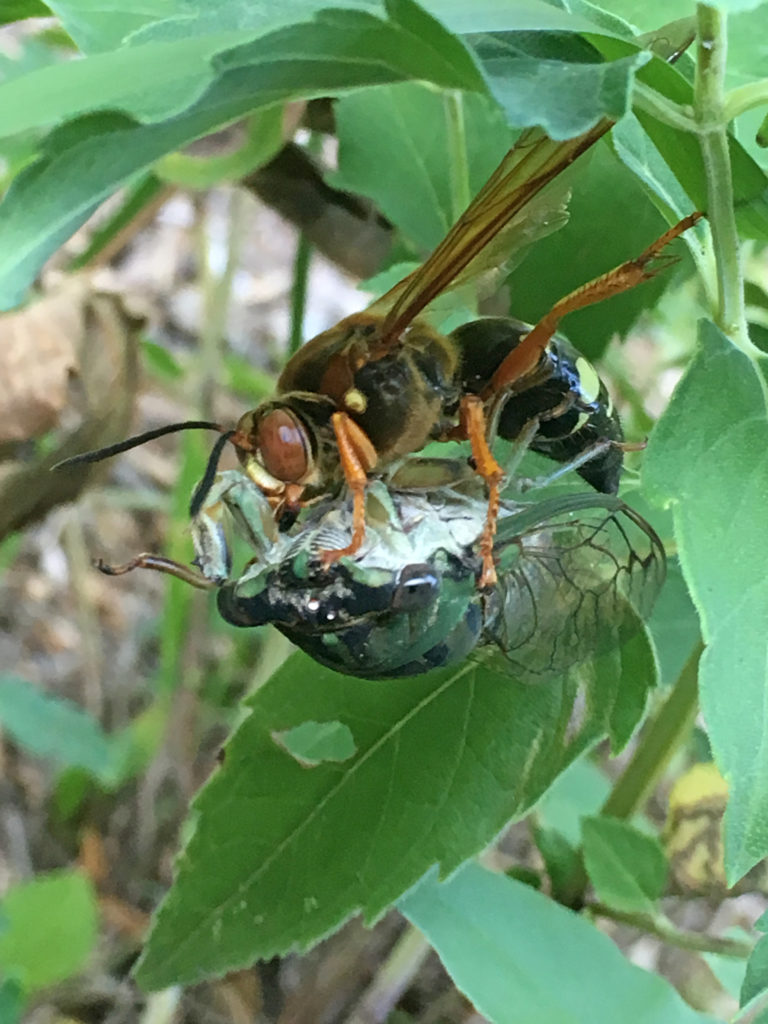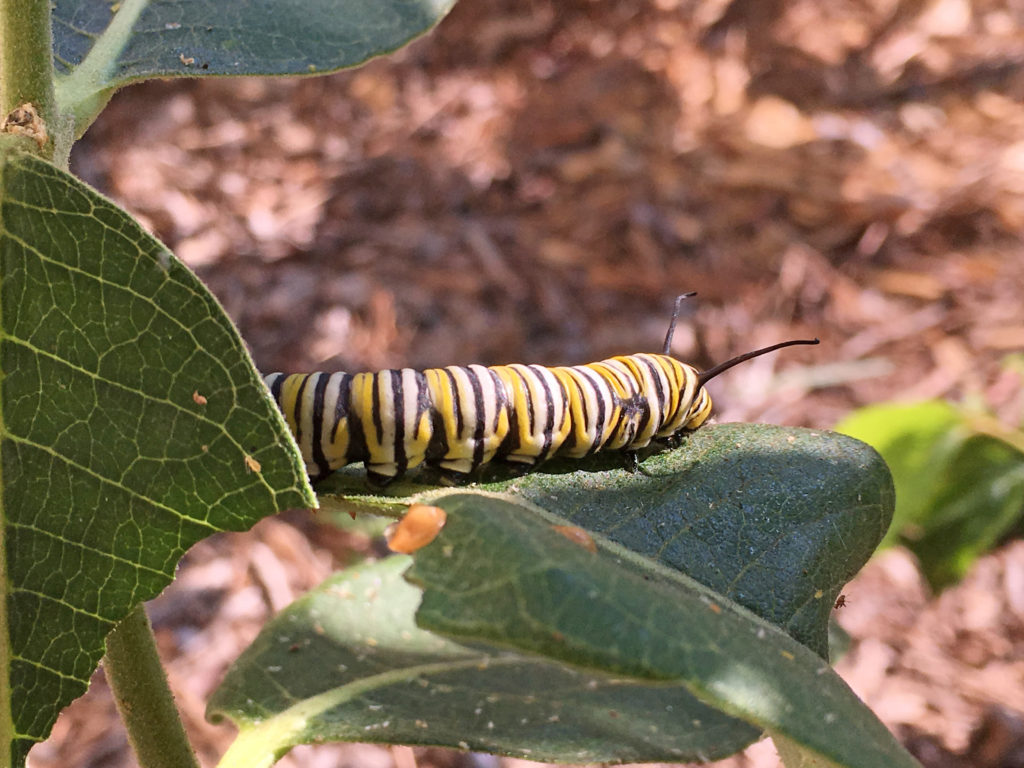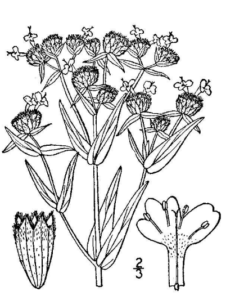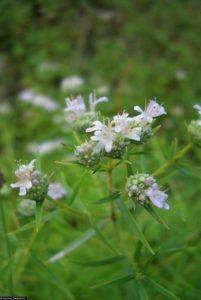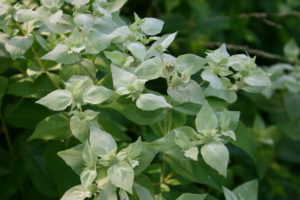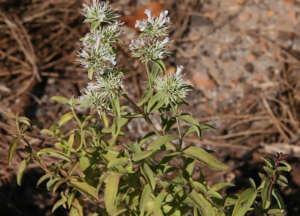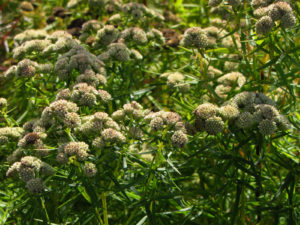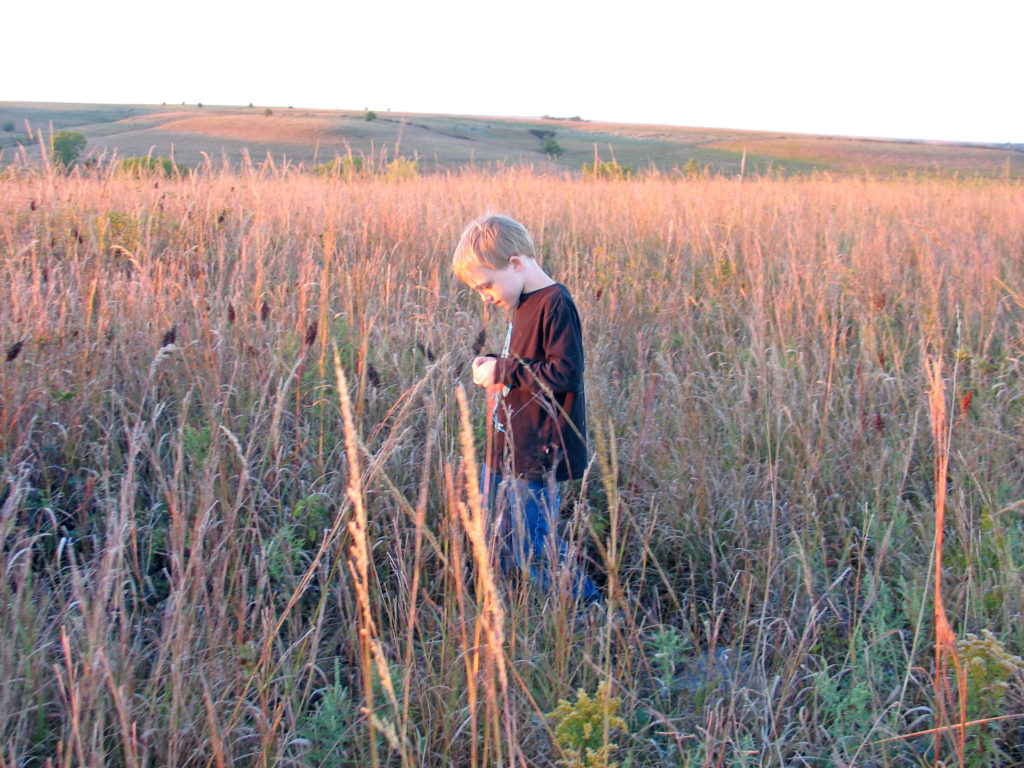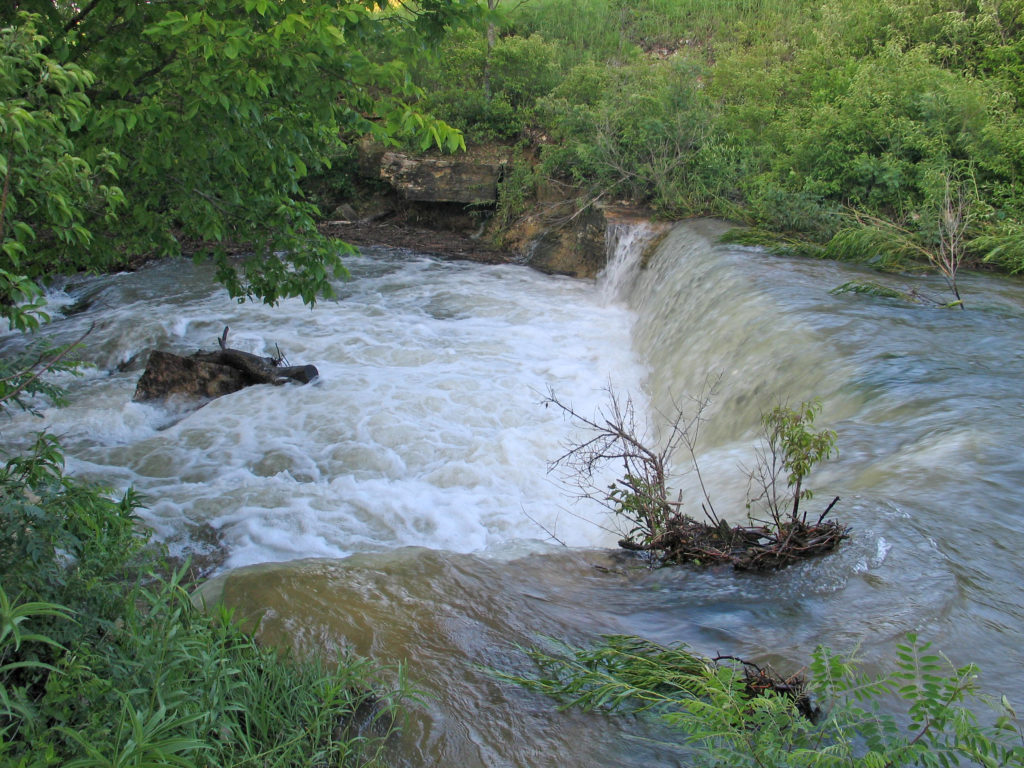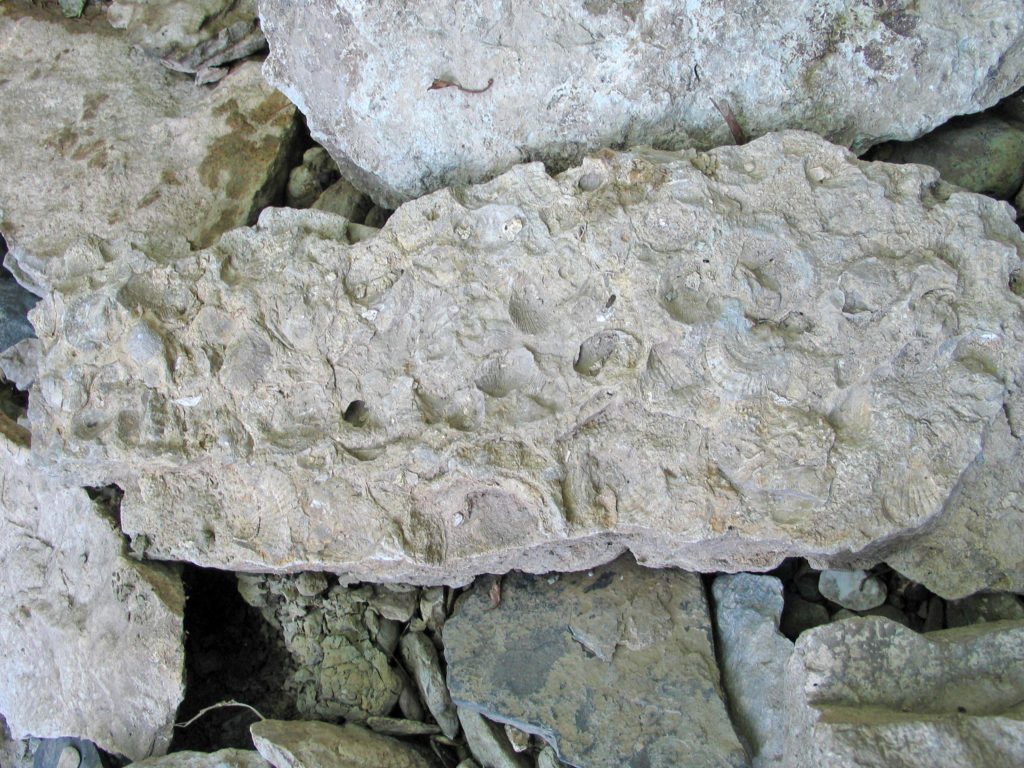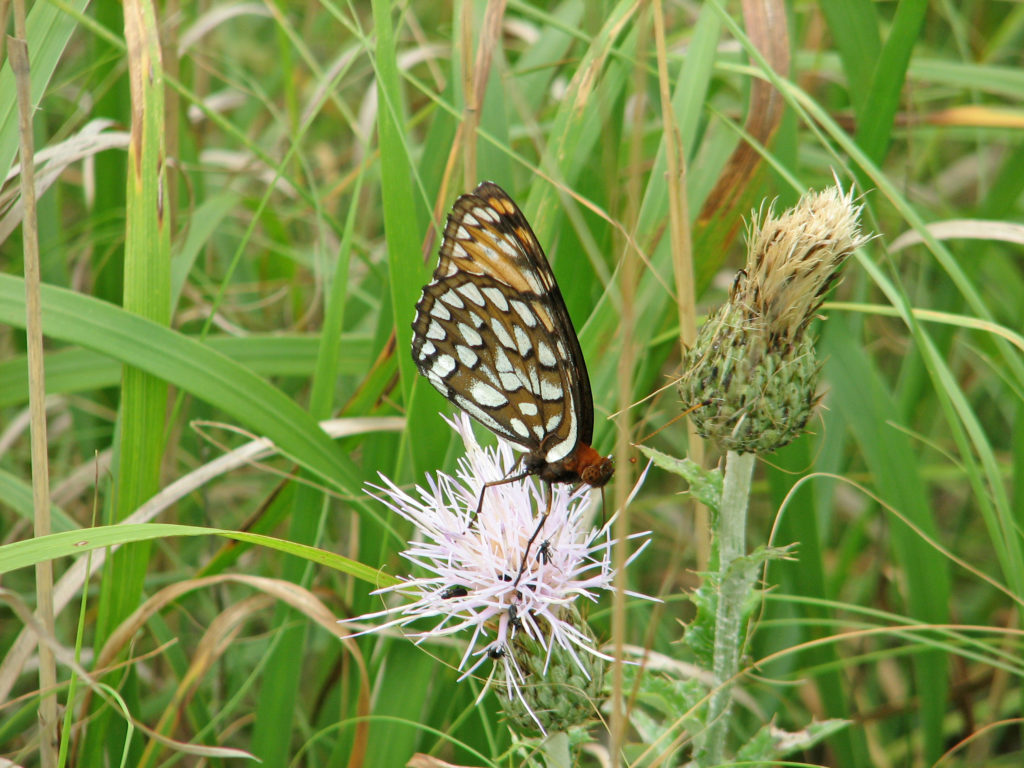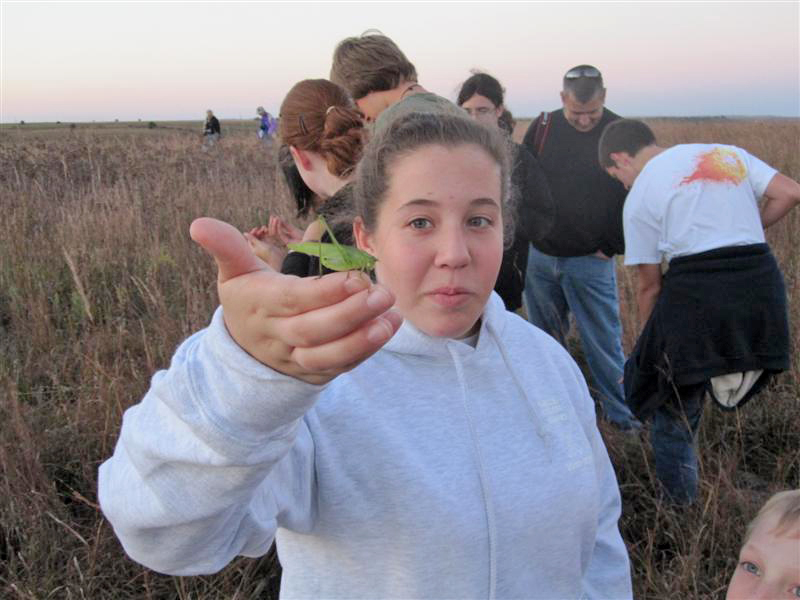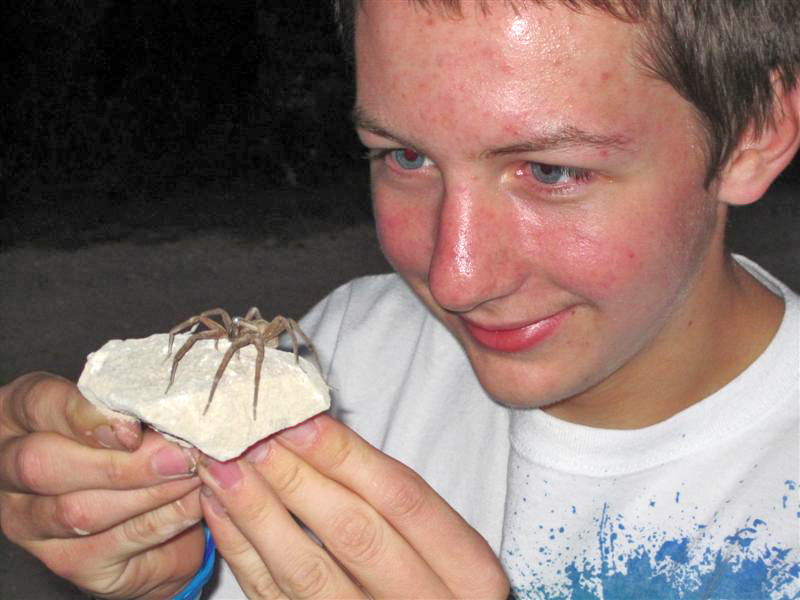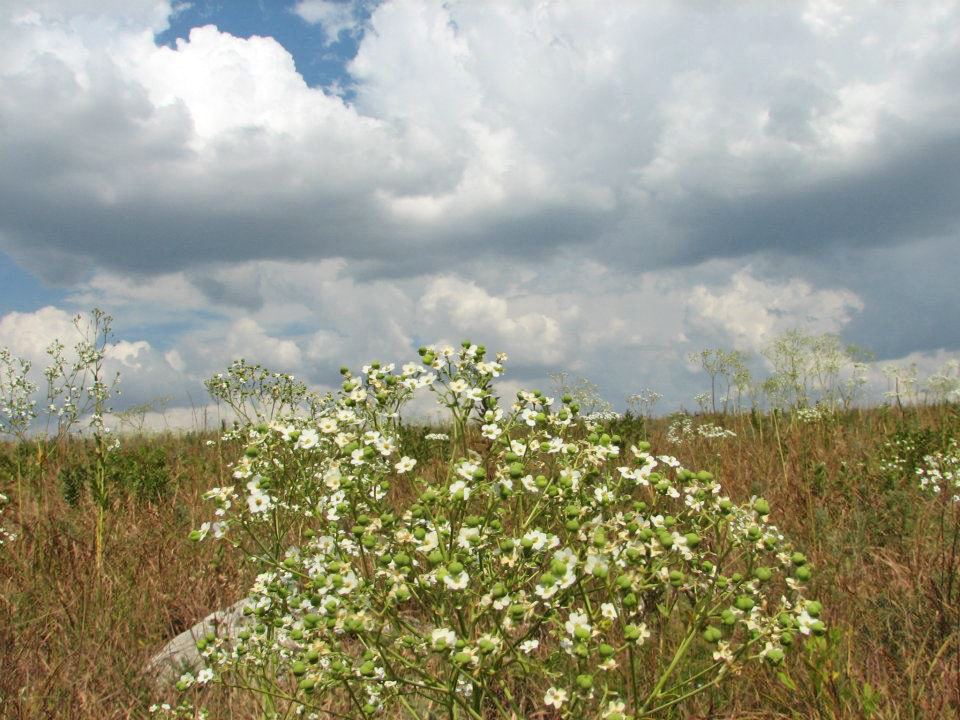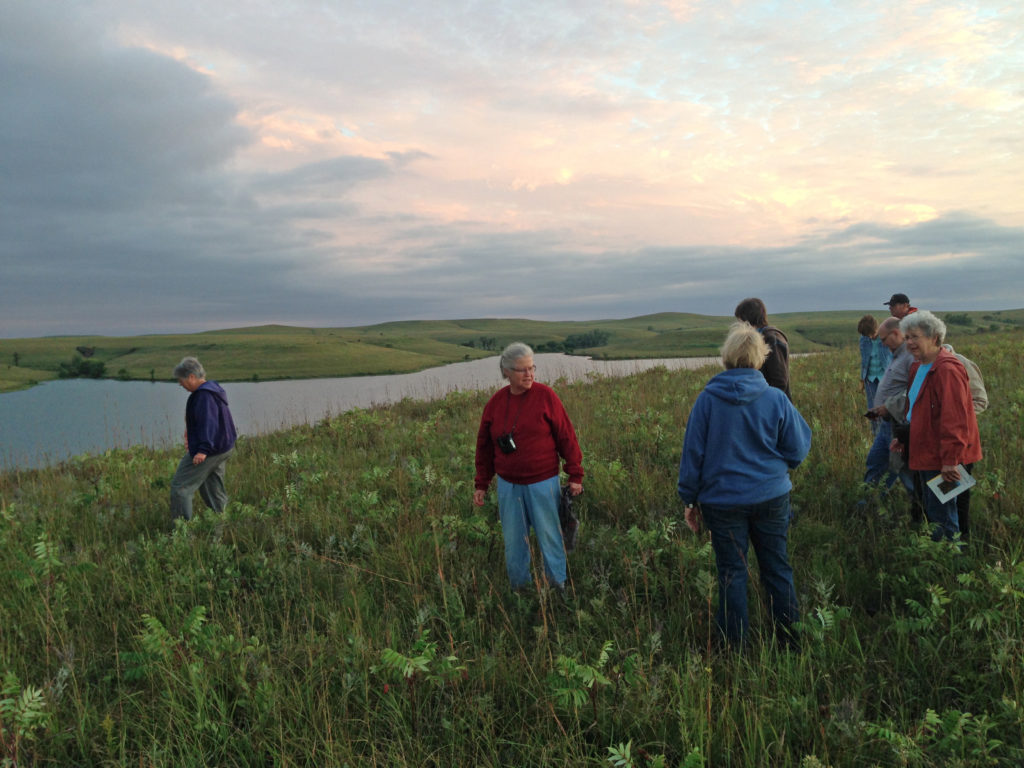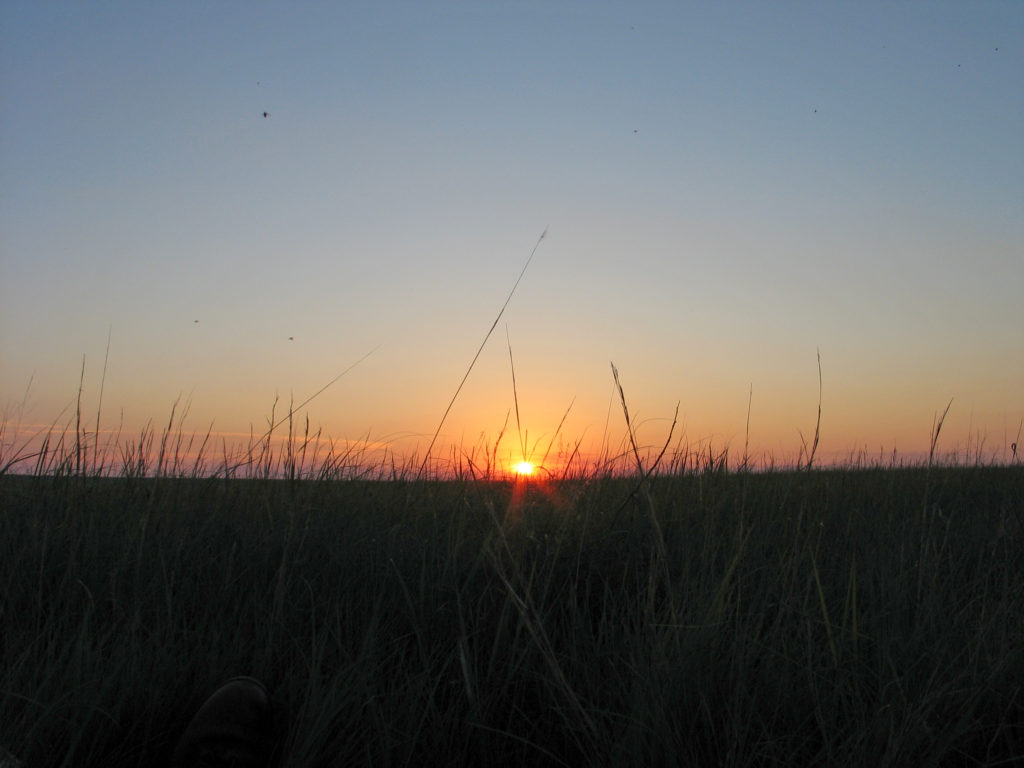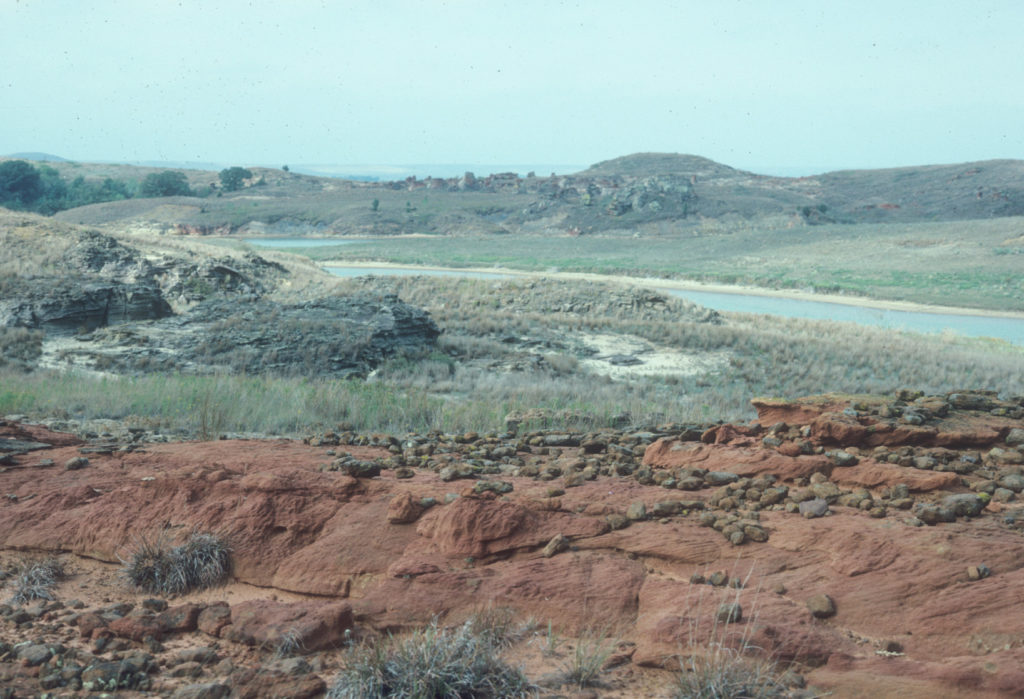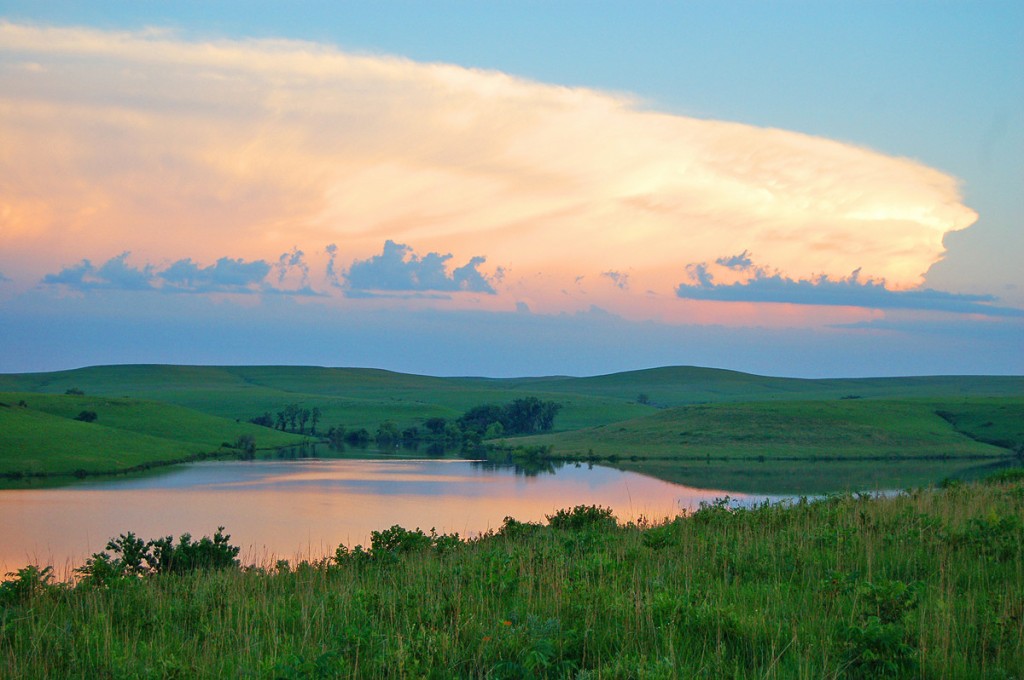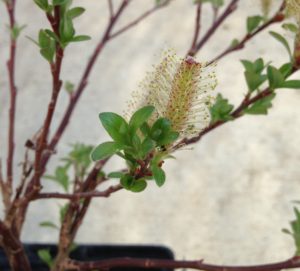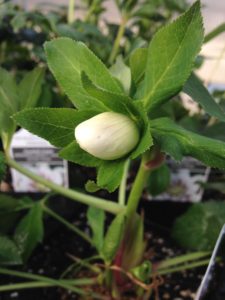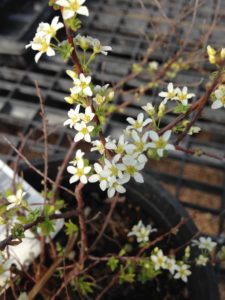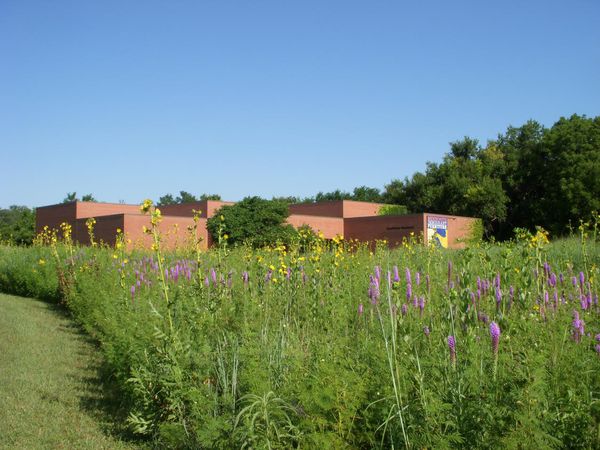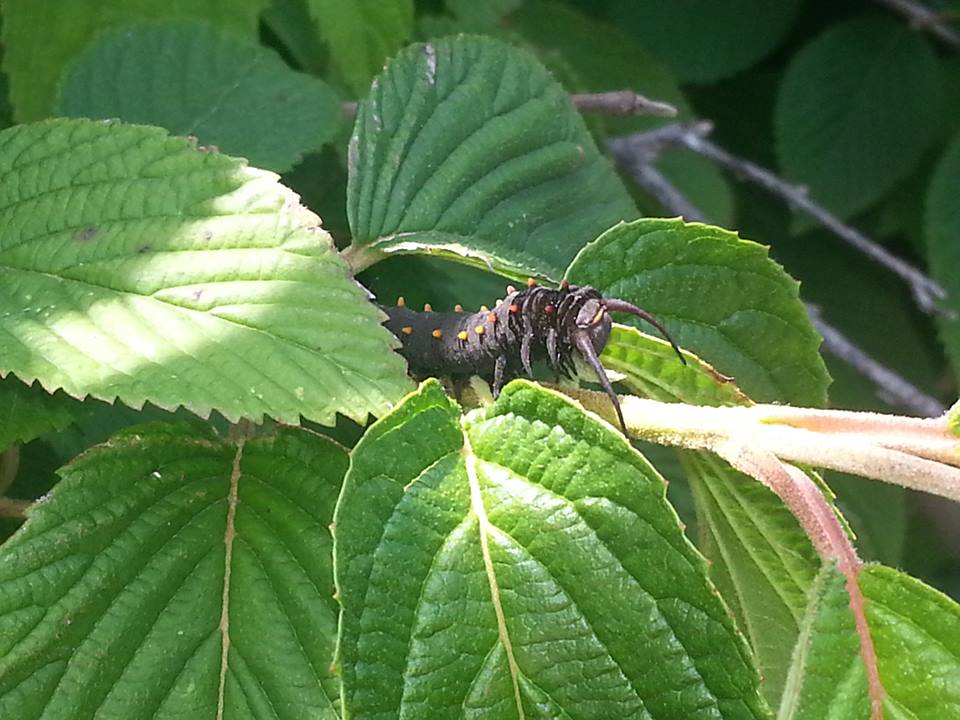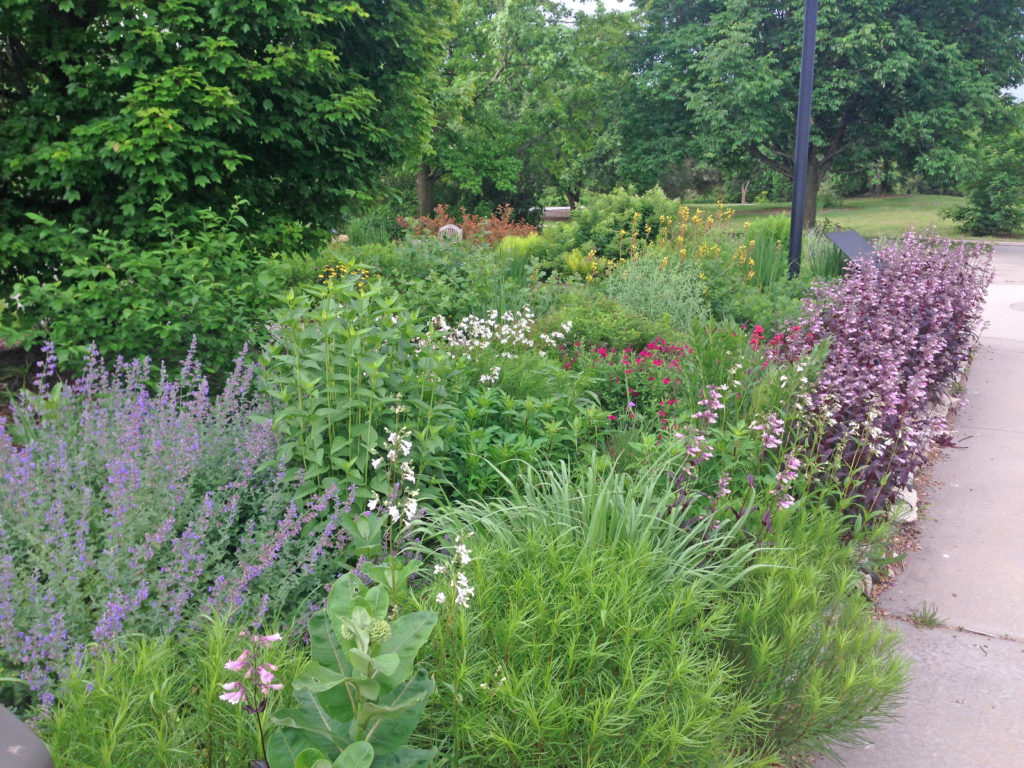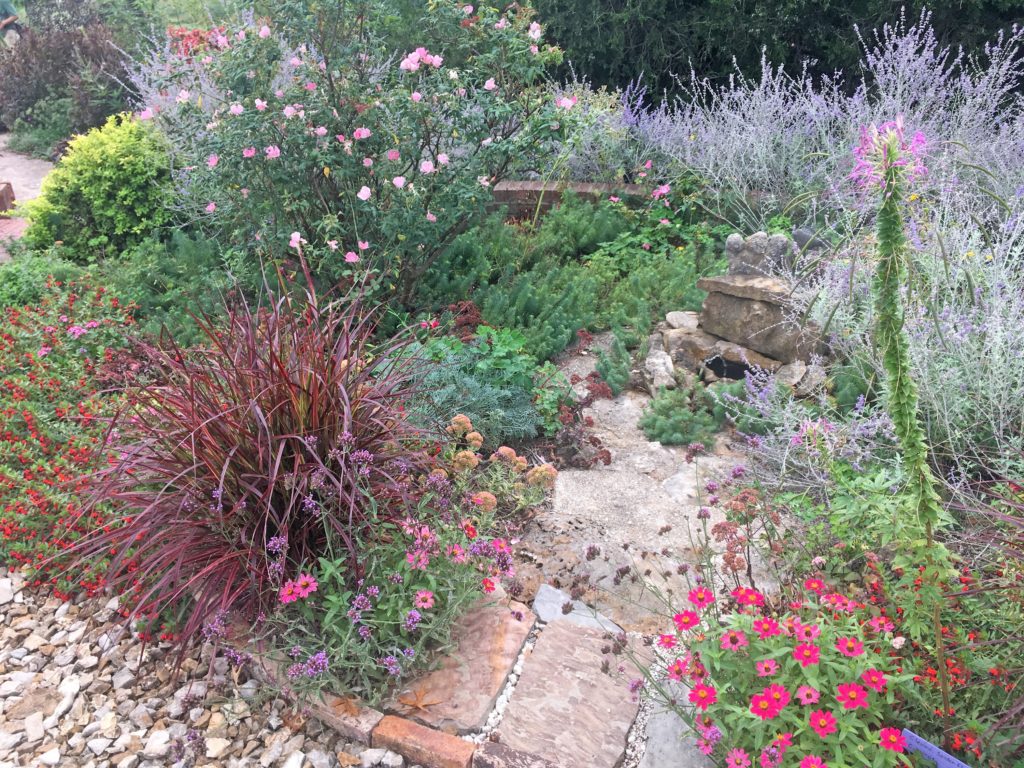One of the greatest experiences I have while gardening is a heightened sense of awareness. For some reason, I notice obscure things that are happening in my landscape. I observe how our garden has changed throughout year. I notice the wildlife that it attracts, the sights and sounds of the garden. Each day there can be a new discovery. Gardening is an adventure. Some people spend time in the garden for what they get from it, like flowers or vegetables, but I garden for what it gives back to me personally.
I spend so much time indoors these days that I relish my time outdoors. Whether in a garden or walking through a natural setting, the stress of the day seems to melt away. The sunshine and breeze on my face tend to carry the anxiety, weight of responsibilities and depression far from my thoughts. I become mindful in these situations – more so than any other place.
It goes without saying, but gardening is good for your health. Here’s how I practice mindfulness in the garden.
Make it a priority
What gets scheduled gets done. In the hustle and bustle of life, time in the garden will get pushed aside by other good things if you don’t make it a habit. Don’t neglect your garden, but walk through it in the morning or after work as part of a regular schedule. Pull a few weeds, pick some flowers, water the vegetables or watch pollinators fly from plant to plant. Become aware of how your countenance changes. You will be amazed how it can rejuvenate and lift your spirit.
Observe
It is incredible to see the insect activity in my garden right now. Those tiny pollinators are busily working the flowers as a last dash before cold weather sets in for the year. The leaves are changing to beautiful shades. The musty smell of the compost pile wafts through the air. The wonderful smell after a rain is called petrichor. Feel the textures of the plants and taste the harvest. Awareness awakens the senses.
Use your phone for pictures only
Our phones can be a constant distraction. It is either buzzing, beeping or ringing all day long and we need to disconnect from it for mindfulness to happen. Nothing can ruin a reflective moment quicker than to have your phone ring. Put it up and disconnect for a few moments. You will not be sorry for doing so. The quietness of the garden is calming.
Get Busy Doing
Mindfulness can be achieved in two ways – stillness or in action. In action, you focus on a task and make it happen. Whether in the garden or around the house, the simple approach to everyday life can deepen your appreciation and awareness of the world around you. Being mindful allows you to be fully in the task without distractions and other thoughts. Fixating on the task at hand will make you more mindful and self-aware.
Develop empathy
One of the thoughts that came to us as we worked on our new mission statement was the idea that the more we know and understand, the more empathy we have. The more we understand the plight of many of our pollinators, the more we want to do something about it. We have lost 99 percent of the prairie, but I can plant some prairie in my yard and it will make a difference. An appreciation of the few tracts of prairie that still exist makes me long for that lost landscape. Stillness in the garden will bring you closer to your garden. Understanding something develops awareness and ultimately brings empathy.
Mindfulness relates to the many health benefits of gardening. It reduces stress, increases your self-esteem, boosts the immune system, provides exercise for the heart and decreases stroke risk, makes you happier reducing depression symptoms, and increases brain health. By taking a mindful approach to your landscape, you will grow in so many wonderful ways. Try it for your health.

